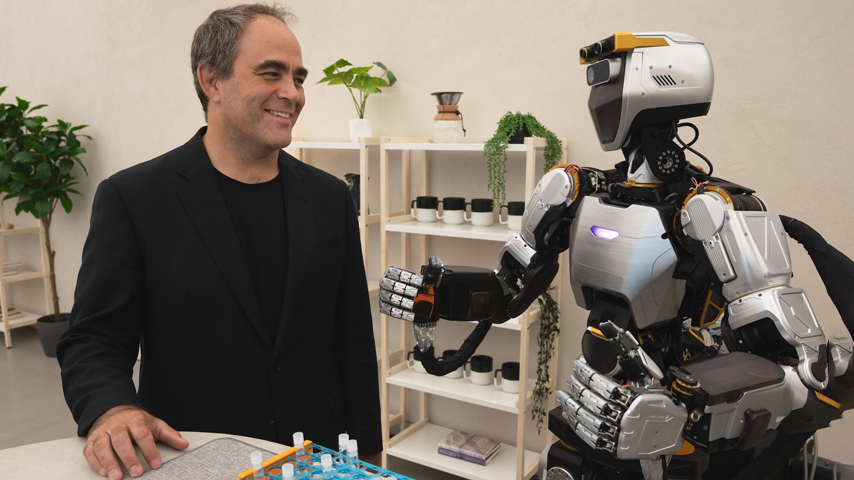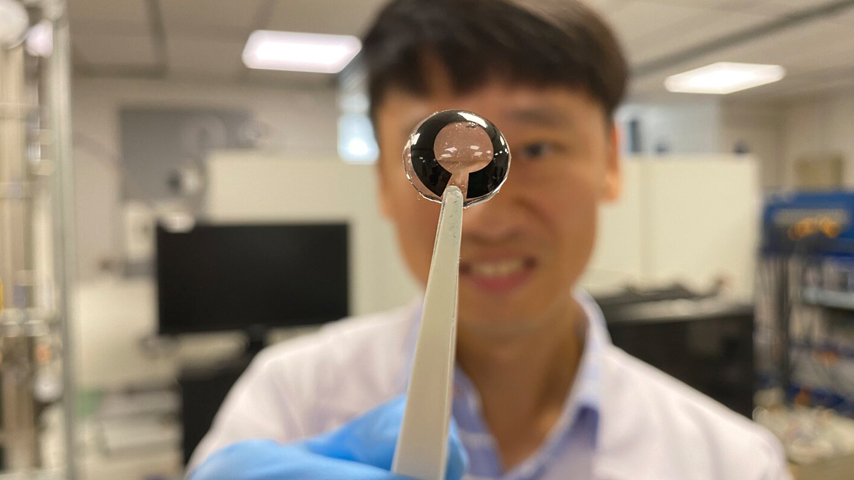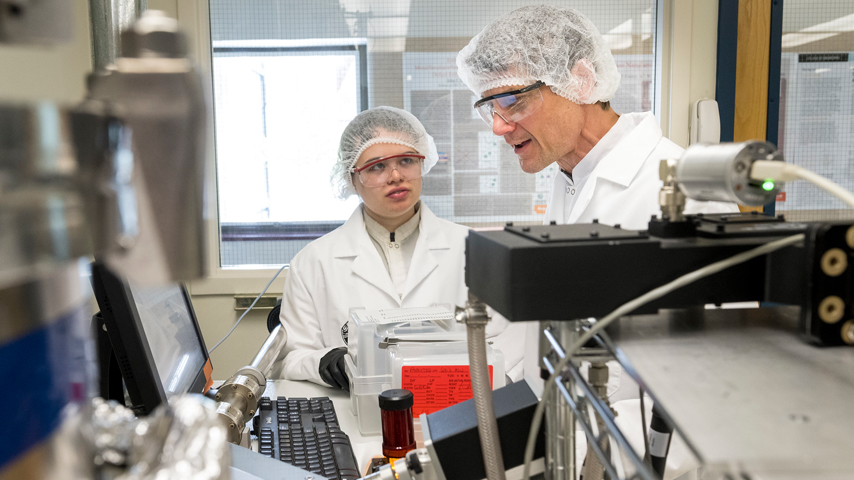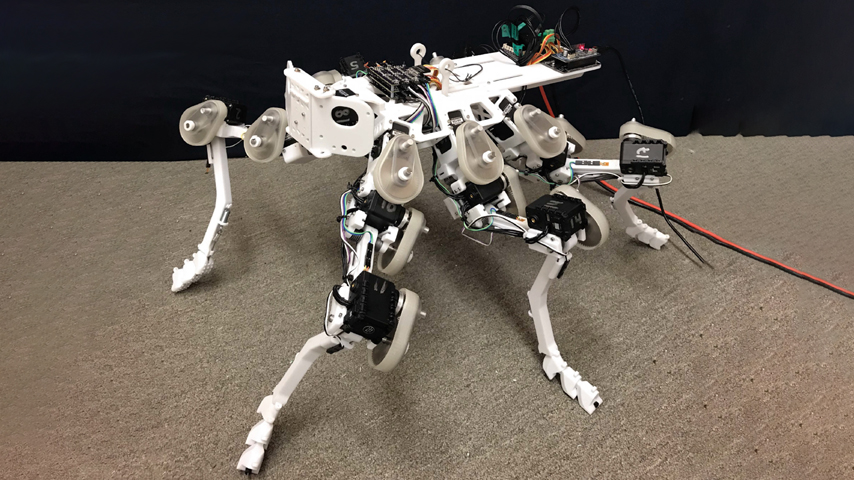AI-Powered Robots Offer Promise to Public-Facing Industries
AI-Powered Robots Offer Promise to Public-Facing Industries


A general-purpose humanoid robot operated by an AI control system can learn to perform almost any human task.
It’s hard to believe it’s been nearly three years since we found ourselves bopping along to “Do You Love Me,” as Boston Dynamics’ humanoid Atlas robots showed off their advanced dancing and agility skills in videos viewed around the world. Maybe the field of robotics has advanced enough that we don’t bat an eye if they’re picking our Amazon purchases in the warehouse or vacuuming our living room floor, but the sight of humanoid robots in public places and everyday/commerce applications still seems novel enough to draw cell phones out for a selfie or social media post.
That soon may change thanks to the integration of AI into robotics. Sanctuary AI, founded in 2018 by four industry veterans, is on a mission to “create the world's first human-like intelligence in general-purpose robots.” Geordie Rose, Suzanne Gildert, Olivia Norton, and Ajay Agrawal are past founders of quantum computing company D-Wave, AI robotics company Kindred, and the R&D nonprofit Creative Destruction Lab.
Sanctuary AI formally unveiled its sixth-generation robot earlier this year, dubbed Phoenix. The humanoid robot is controlled by a proprietary AI control system called (and trademarked) Carbon. Carbon mimics subsystems found in the human brain, such as memory, sight, sound, and touch, according to a company spokesperson. It was developed to work with the robot’s human-proportioned design, which itself was driven by a “hands-first” approach, to enable Phoenix to learn to perform almost any human task.
Check This Out: Robot Companion Helps the Memory-Impaired Find Lost Objects
“If you want to build a humanoid robot that is truly general-purpose, you can’t do it without dexterous human-like hands,” company representatives wrote on its website blog about the robot’s design process. The company cites research that backs up this decision, including a U.S. Bureau of Labor Statistics survey that shows fine manipulation is required for 98.7 percent of all work.
Though engineering a translation of the human hand’s capabilities to an equally capable robot seemed an overwhelming challenge, company leaders said it was “absolutely necessary to create a humanoid robot with true general-purpose use.”
Haptic technology provides Phoenix’s hands with a sense of touch that integrates with Carbon. The robot’s most recent iteration saw improvement to a 20 degree of freedom in its hands, rivaling a human’s dexterity and fine manipulation skills.
A robot that works with humans
The constraints of required mobility and a human-like hand with four fingers and an opposable thumb set the direction of the rest of the robot’s design. Engineers could have designed dozens of different robots that met such requirements.
A virtual reality environment simulated robots of different sizes and shapes and allowed users to virtually morph them until they came up with the ideal dimensions. The resulting height (5 feet 7 inches) and weight (155 pounds) proportions of Phoenix allow it to “walk the line between looking competent and ready for work, but not crossing the line to intimidating or threatening.”
The company said in its design blog that the two most important reactions people have to robots can sometimes contradict each other.
Become a Member: How to Join ASME
Perhaps “Do You Love Me?” was echoing in the engineers' heads. In its blog post, Sanctuary AI said the first reaction is that people should find a robot “endearing” enough to feel a connection to it and like being around it. The second reaction people should have to a robot is that it should seem “competent” and able to do serious work.
“It’s not just how the technology functions, but ensuring that people feel safe and trust being around our technology,” according to the blog. Sanctuary AI brought in in the expertise of Swedish industrial design firm, MERPHI to help.
MERPHI’s co-founder and CTO, Mehrdad H.M. Farimani, said to achieve that objective, the robot’s design should be more human—that is, imperfect.
“We tried to apply ‘intentional imperfection.’ And I believe that is one factor that makes the look of Phoenix attractive to people,” said Farimani. Exposed electronics and asymmetrical features are part of the design.
Commercial pilot and roll out
Phoenix was officially unveiled in May after it successfully navigated a week-long, first-of-its-kind pilot in a commercial environment, which took place at a Mark’s retail store in Langley, B.C., Canada. The robot successfully navigated a real-life store environment, sucessfully completing 110 retail-related tasks. These included both front and back-of-store activities such as picking and packing merchandise, cleaning, tagging, labelling, folding, and more. Phoenix can carry up to 55 pounds and travels at a maximum speed of 3 miles per hour.
Stakeholder feedback solicited during the pilot supported perceived benefits.
“With a robot, I think there will be less error in things like counting items and streamlining a lot of duties," said one participant. Others pointed to the opportunity to spend their time on more meaningful interactions with their customers.
Similar Reading: A Small Robot Performs Knee Surgery
"Maybe we'll get back into a more customer service base because the technology will give us more time to spend with customers, which is what I'm hoping for," commented another participant.
Sanctuary AI points to these results as a response to concerns that robots may be taking human jobs. A company spokesperson pointed to research that says there are 9.9 million unfilled jobs, but only 5.8 million unemployed workers in the U.S. alone.
“We’re seeing significant interest from companies and prospective customers across various industries that are looking for a solution to their labor constraints,” a company spokesperson said.
As the company plans the broader roll out of commercially available general-purpose robots, its current focus is on is on assembly, logistics, maintenance, manufacturing, retail, and warehousing-related applications.
Nancy Kristof is an independent writer in Denver.



